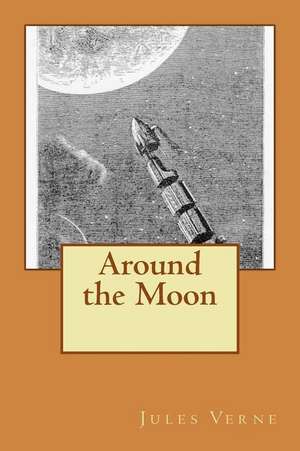Around the Moon
Autor Verne, M. Jules Editat de M. G-Ph Ballinen Limba Engleză Paperback
Preț: 175.40 lei
Nou
Puncte Express: 263
Preț estimativ în valută:
33.57€ • 36.48$ • 28.22£
33.57€ • 36.48$ • 28.22£
Carte disponibilă
Livrare economică 31 martie-14 aprilie
Preluare comenzi: 021 569.72.76
Specificații
ISBN-13: 9781517355371
ISBN-10: 1517355370
Pagini: 390
Dimensiuni: 152 x 229 x 20 mm
Greutate: 0.52 kg
Ediția:Prescurtată
Editura: CREATESPACE
ISBN-10: 1517355370
Pagini: 390
Dimensiuni: 152 x 229 x 20 mm
Greutate: 0.52 kg
Ediția:Prescurtată
Editura: CREATESPACE
